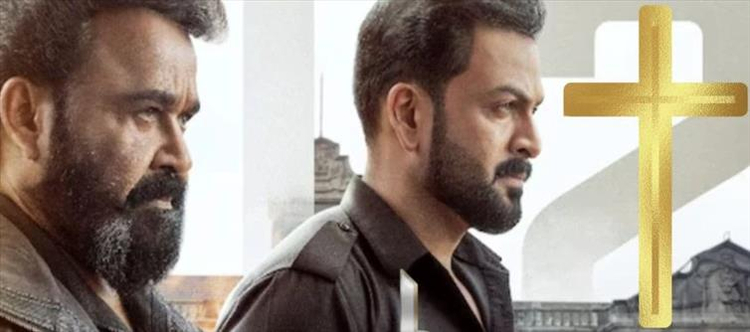
The underlined Controversy
The debate revolves around a specific quote from the movie: "When the Son of god sins, god sends a black angel." According to Christian faith, Jesus Christ is the "Son of God" because he took on human sin in order to save the world. Critics are challenging the identity of the "black angel" that god is claimed to send and voicing worries about the "sin" Christ is said to have committed. Since this idea appears to deviate from conventional wisdom, they are also curious as to where it first appeared in Christian scripture.
This line has worrisome ramifications even if it is only a made-up plot device. The movie appears to undermine God's authority in addition to casting doubt on Christ. The film runs the risk of misrepresenting the core ideas of christianity by introducing figures like lucifer and other evil forces. Lucifer's assertion that god raised him from the dead because of the sin of the Son of god is a pivotal scene in the movie. Christian doctrine, which maintains that Jesus' resurrection was a victory over death rather than the resurrection of Satan, contradicts this. The omnipotence of god would be called into question, undermining the very basis of the Christian faith, if god were to raise Lucifer.
Experimenting on Religious Tolerance
What if there had been such bold assertions about Islam? An outcry would probably result from a movie that made up comparable ideas about the Prophet, Allah, or the Quran. There would surely be protests. However, the community's silence regarding christianity is glaring and unnerving. Why is there a double standard? Do such depictions of christianity remain uncontested because of indifference or a misguided sense of tolerance?
A Troubling Location
Empuraan's portrayal of Qaragosh, the sole Christian town in iraq that was destroyed by ISIS, is another major source of worry. Horrible killings took place in the town, destroying churches and killing innocent Christians in the name of jihad. Nonetheless, Empuraan sets a crucial moment inside a destroyed Qaragosh church in a particularly unsettling scene. lucifer meets with an African drug lord in the church as a backdrop in order to make a deal. Why pick this place, which has come to represent the suffering of Christians under Islamic extremism?
Inside the church, lucifer is assisted by a figure with Islamic overtones, Sayyid Masood, who brings about "justice." A crucifix from the broken church breaks apart at the scene's finale, yet the letter "L" is still there—a direct allusion to Lucifer. Viewers are left with a terrifying visual and a foreboding warning as the camera pans out to reveal the destroyed church.
Is there a deeper intentional purpose to these decisions, or is this all just artistic freedom? Why pick a place so steeped in religious and historical significance when filmmakers have so many other narratives and places at their disposal? This particular sequence begs the question: would it be accepted without opposition if other religions were singled out in a similar way?
It is concerning that christianity appears to be presented as an easy target, particularly given how passively its adherents frequently react.




 click and follow Indiaherald WhatsApp channel
click and follow Indiaherald WhatsApp channel